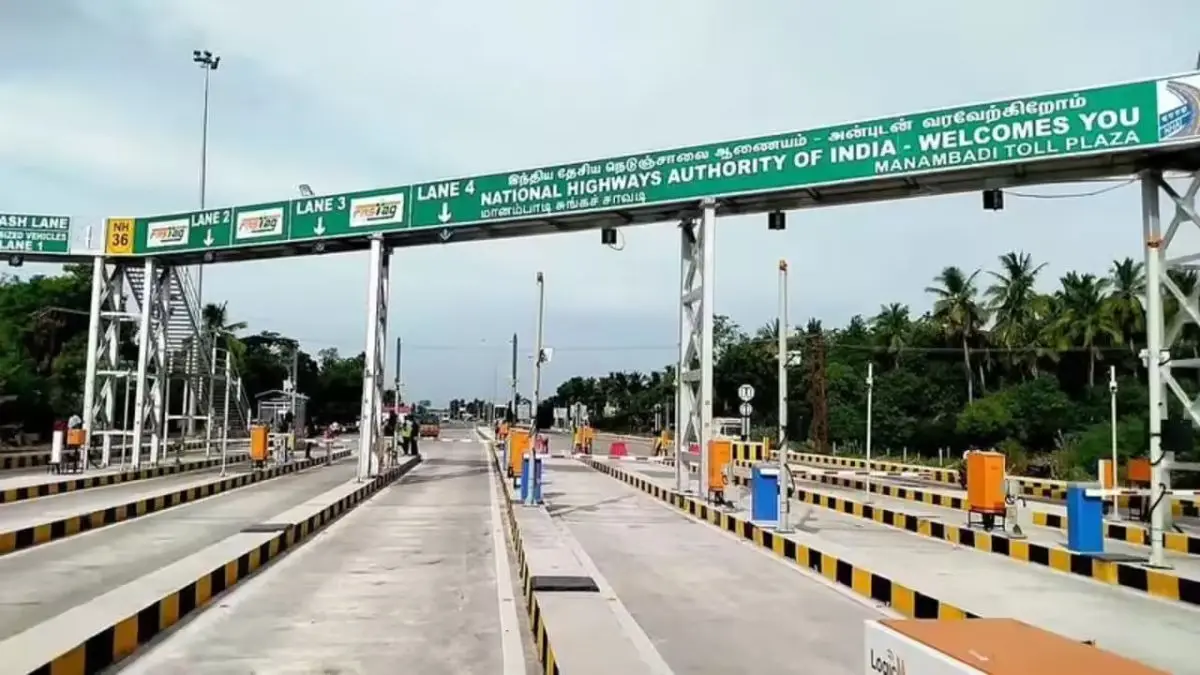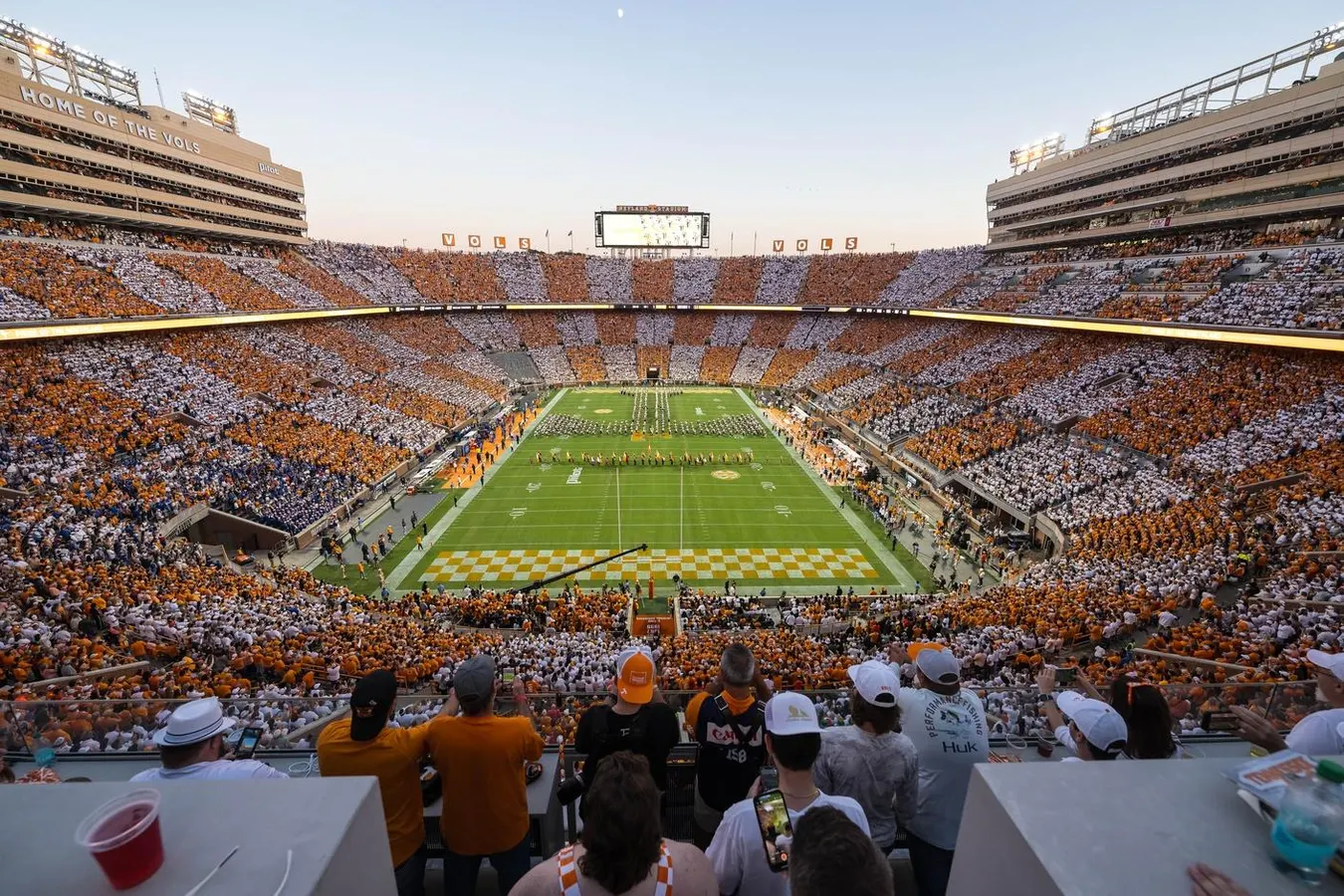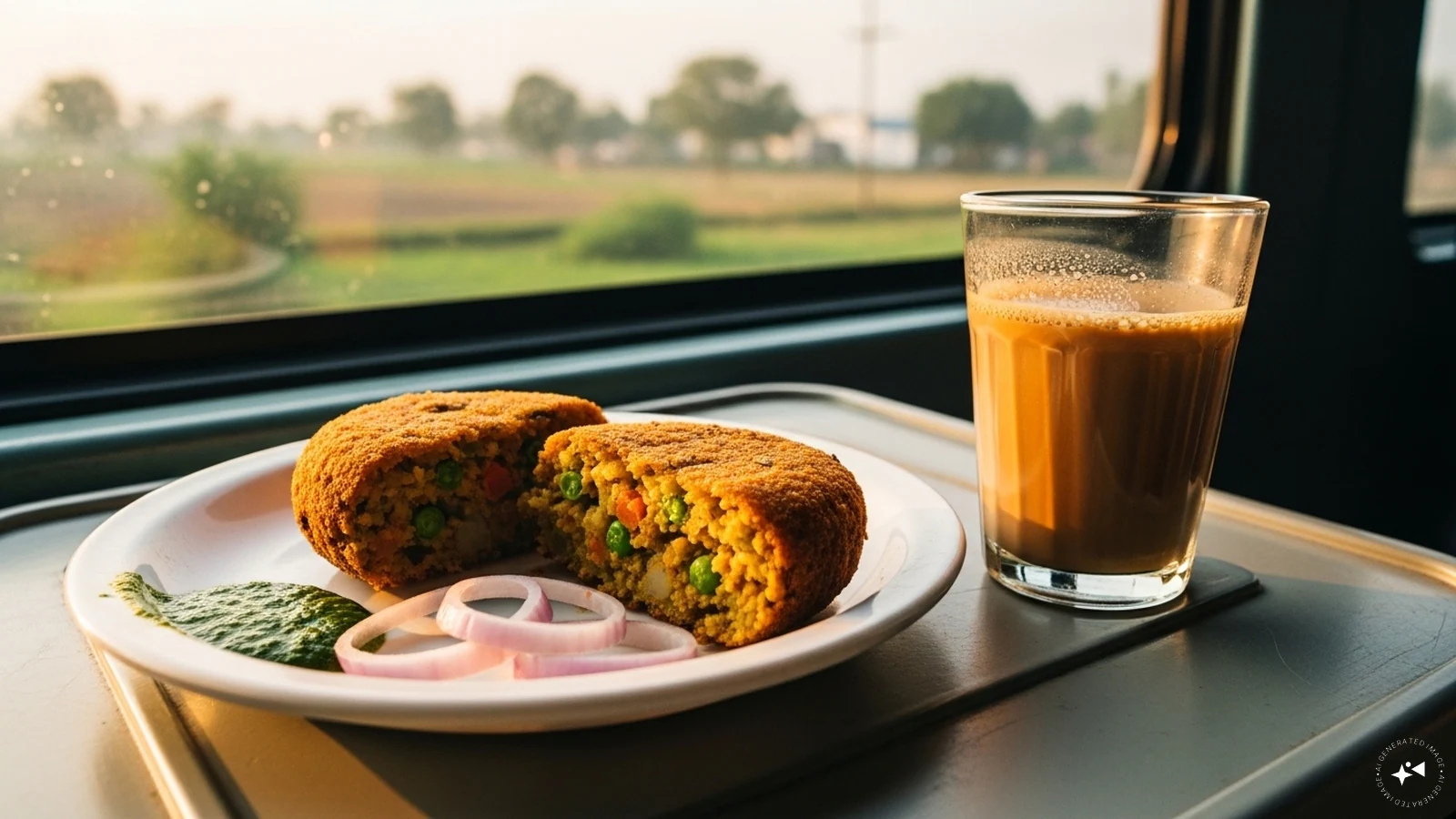Copyright republicworld

India’s national highway network has registered a sharp rise in toll traffic and revenues in 2025, underpinned by increased vehicle movement and periodic user fee revisions. According to a study by ICRA Analytics, toll collections surged nearly 16% year-on-year to touch Rs 49,193 crore during January–September 2025, compared with Rs 42,474 crore in the same period last year.Toll-paying traffic volumes also grew 12%, reaching 26,864 lakh vehicle transactions during the first nine months of 2025, against 23,920 lakh in the corresponding period of 2024.Electronic toll collection (ETC) across national highways also hit a record high in calendar year 2024, amounting to Rs 57,940 crore, marking an 11% annual growth. ETC-based transactions climbed from 30,383 lakh in 2023 to 32,515 lakh in 2024, reflecting a 7% expansion in overall highway traffic.“India’s highway network has maintained robust momentum in toll traffic and revenue growth over the past two years, led by higher vehicle throughput and periodic toll rate revisions,” said Madhubani Sengupta, Head–Knowledge Services, ICRA Analytics. “While traffic has grown steadily, revenues have expanded faster due to a greater share of heavy vehicles and fee adjustments,” she added.Also Read: NHAI to Display Toll Pass Details at Plazas to Boost Transparency and Ease for Highway Users | Republic WorldRegionally, West India continues to dominate toll revenue generation, contributing 30% of the national total in 2025 (January–September), followed by South (25%) and North (23%). The East and Central regions together accounted for roughly a quarter of total collections, indicating a stable regional balance in traffic flow.ICRA Analytics also highlighted clear contrasts in traffic composition across zones. The East, Central and West corridors remain freight-centric, driven by industrial and mining activity along major routes such as NH-16, NH-53, NH-48, and NH-66, which connect mineral belts to ports like Mundra, JNPT and Hazira.In contrast, the North and South remain passenger-heavy, with cars and jeeps comprising 65–70% of toll transactions, reflecting high commuter and intercity travel.“India’s highway ecosystem reflects a balanced multi-modal structure — freight movement dominates the industrial corridors, while passenger mobility defines the north-south axis,” Sengupta observed.



